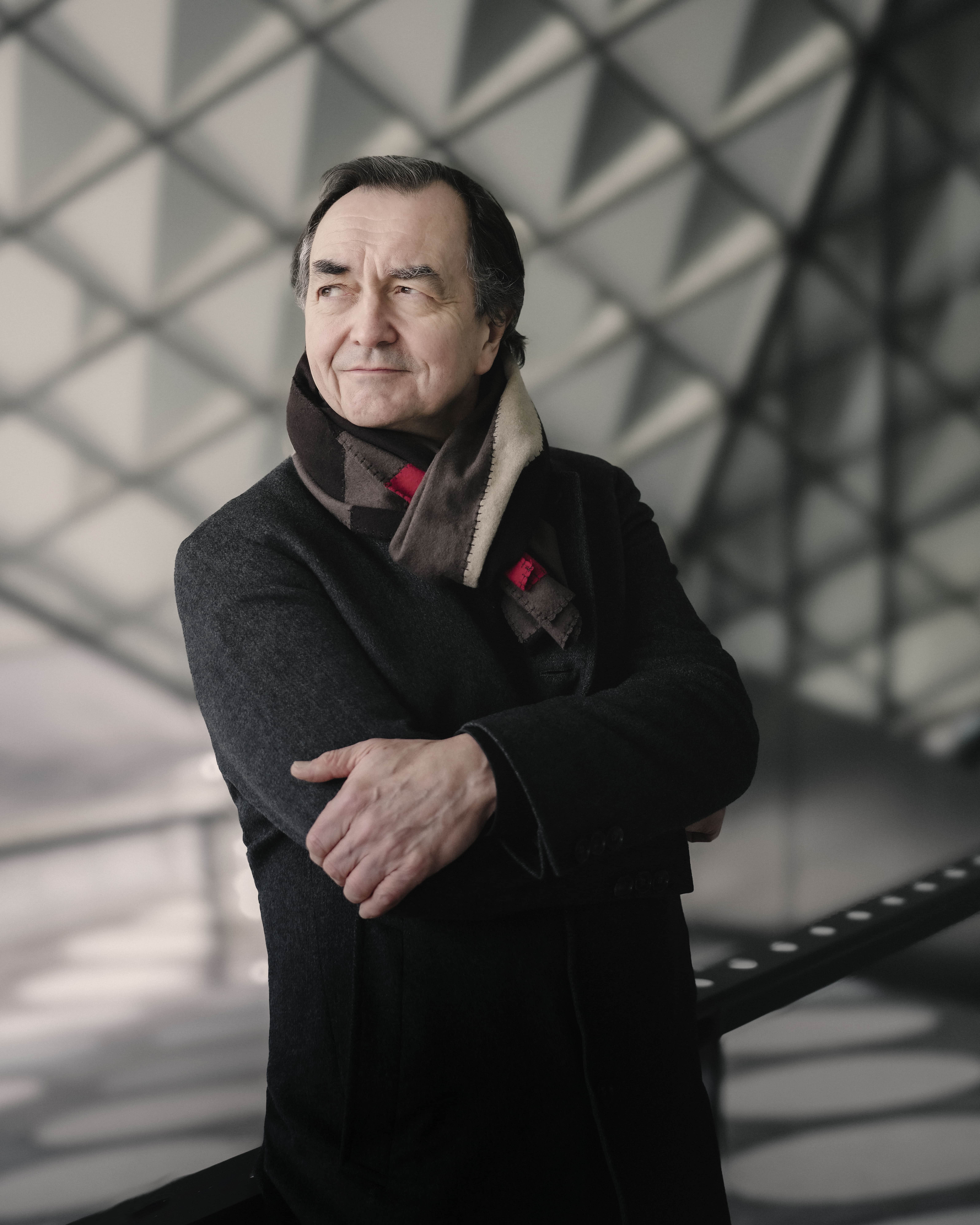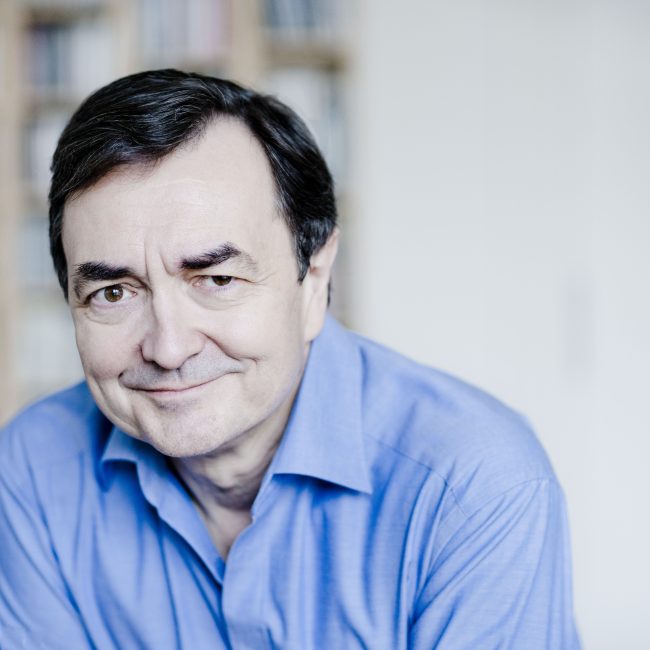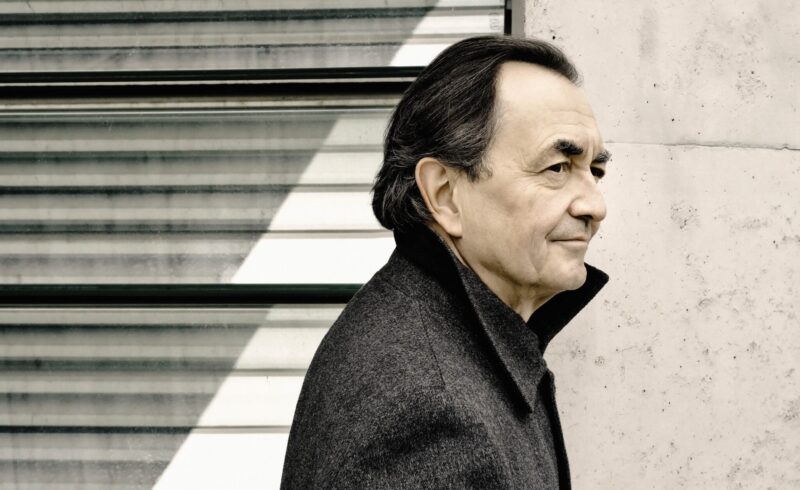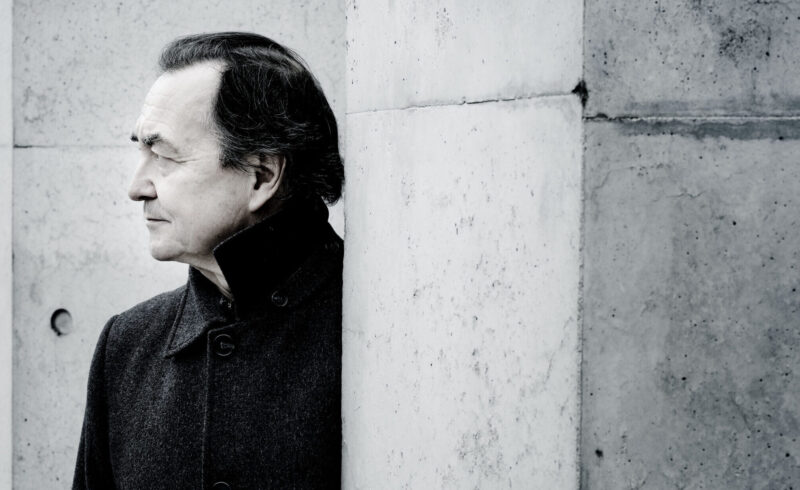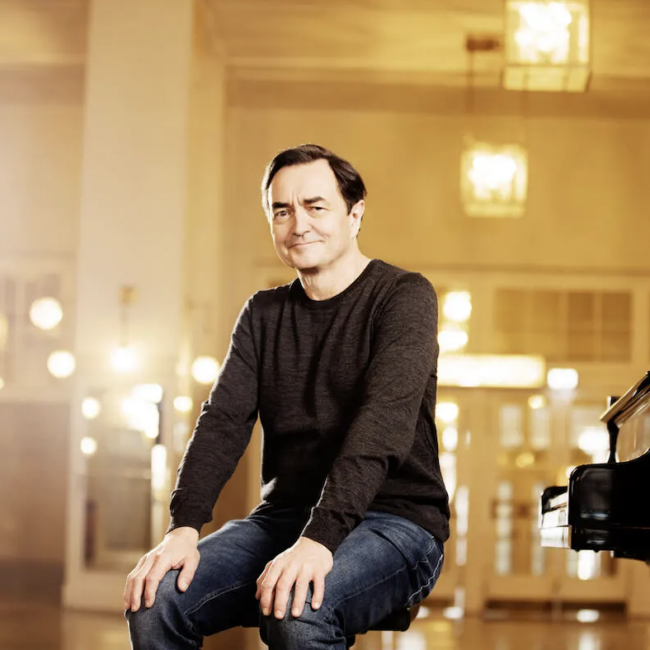PIERRE-LAURENT AIMARD’S ‘SCHUBERT LÄNDLER’ FEATURED IN TOP 10 CLASSICAL ALBUMS OF 2024
Pierre-Laurent Aimard?’s latest album Schubert Ländler , released in May 2024, has been listed as one of the Boston Globe’s Top 10 best classical albums of the year . It also featured on The Times’ list of best classical albums of 2024 and was described as ?“captivating” …

